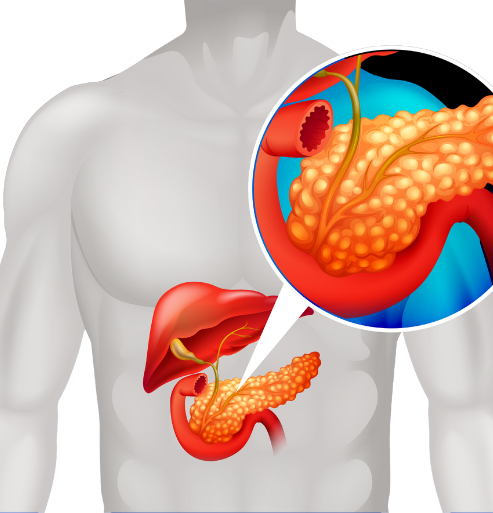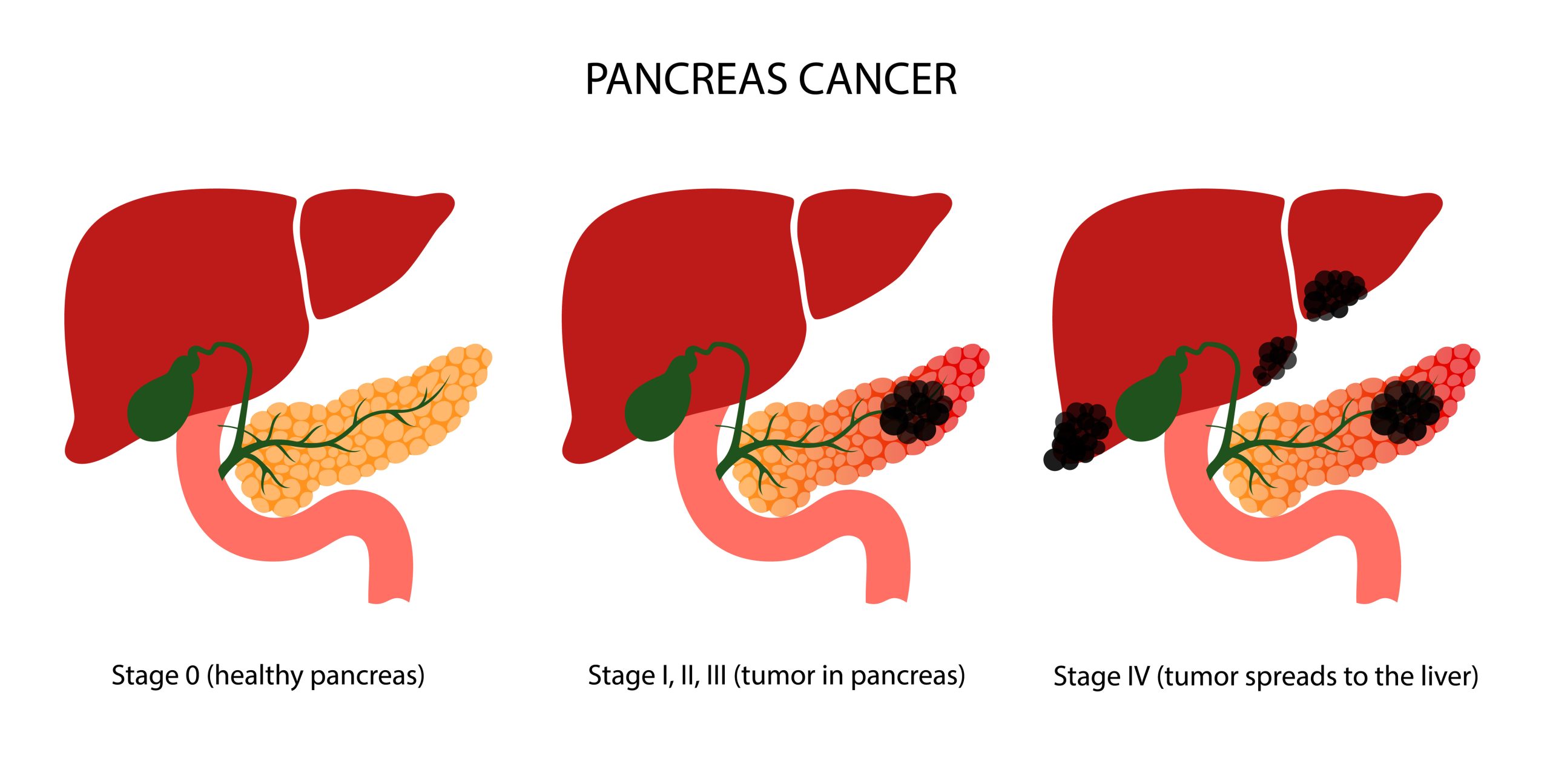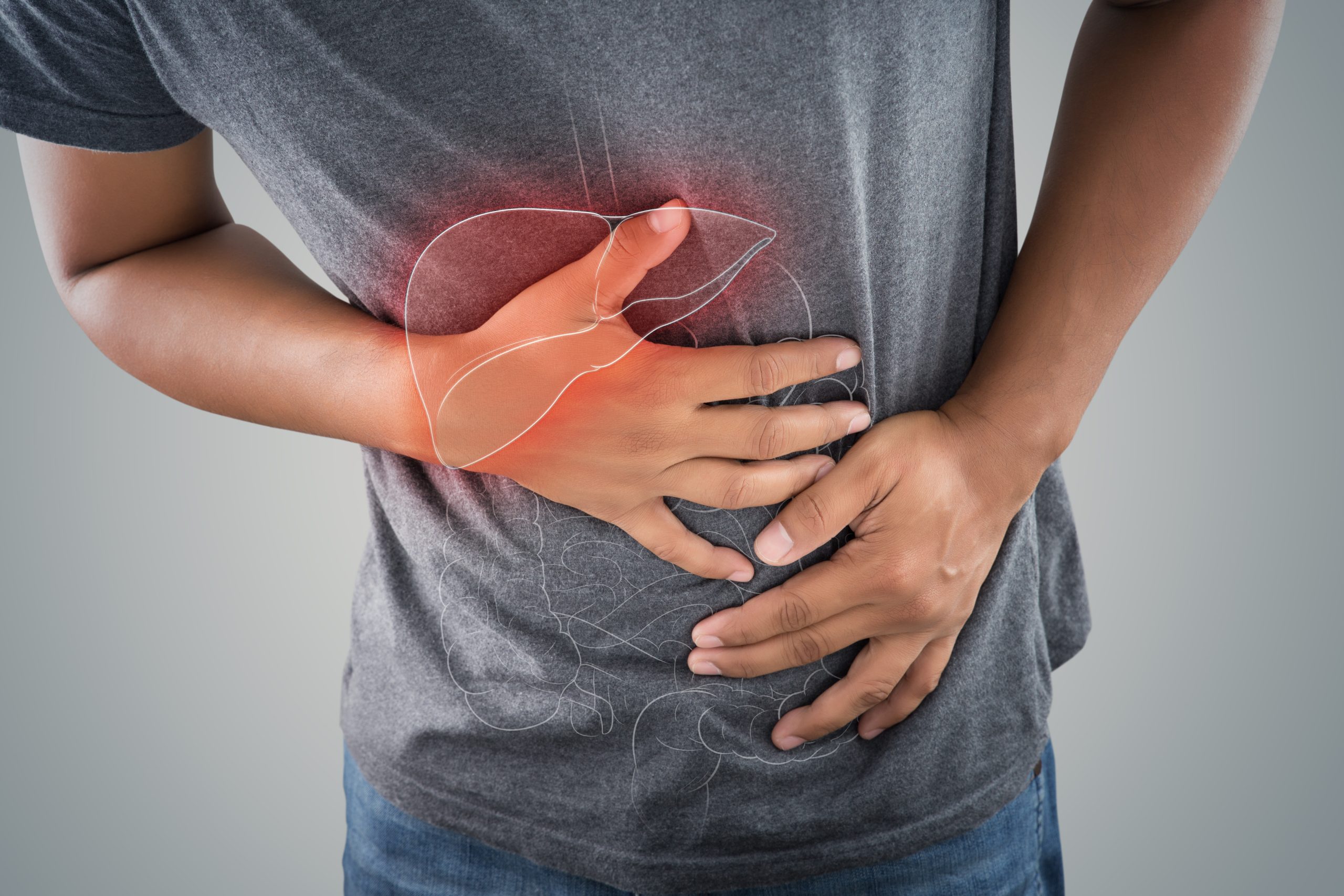- About Pancreatic Cancer
- Get Support
Caregivers
- Get Involved
- Events
- More


64,050
50,550
3% of all cancer deaths
7% Survival Rate

Most pancreatic tumors form in these exocrine epithelial cells and are called exocrine pancreatic cancer and are commonly found at an advanced stage.



NPCF was founded on May 29, 2009 and is a 501(c)(3) organization. All donations are tax deductible.
The information and services provided by the National Pancreatic Cancer Foundation are for informational purposes only. The information and services are not intended to be substitutes for professional medical advice, diagnosis or treatment. The National Pancreatic Cancer Foundation does not recommend nor endorse any specific physicians, products or treatments even though they may be mentioned on this site.